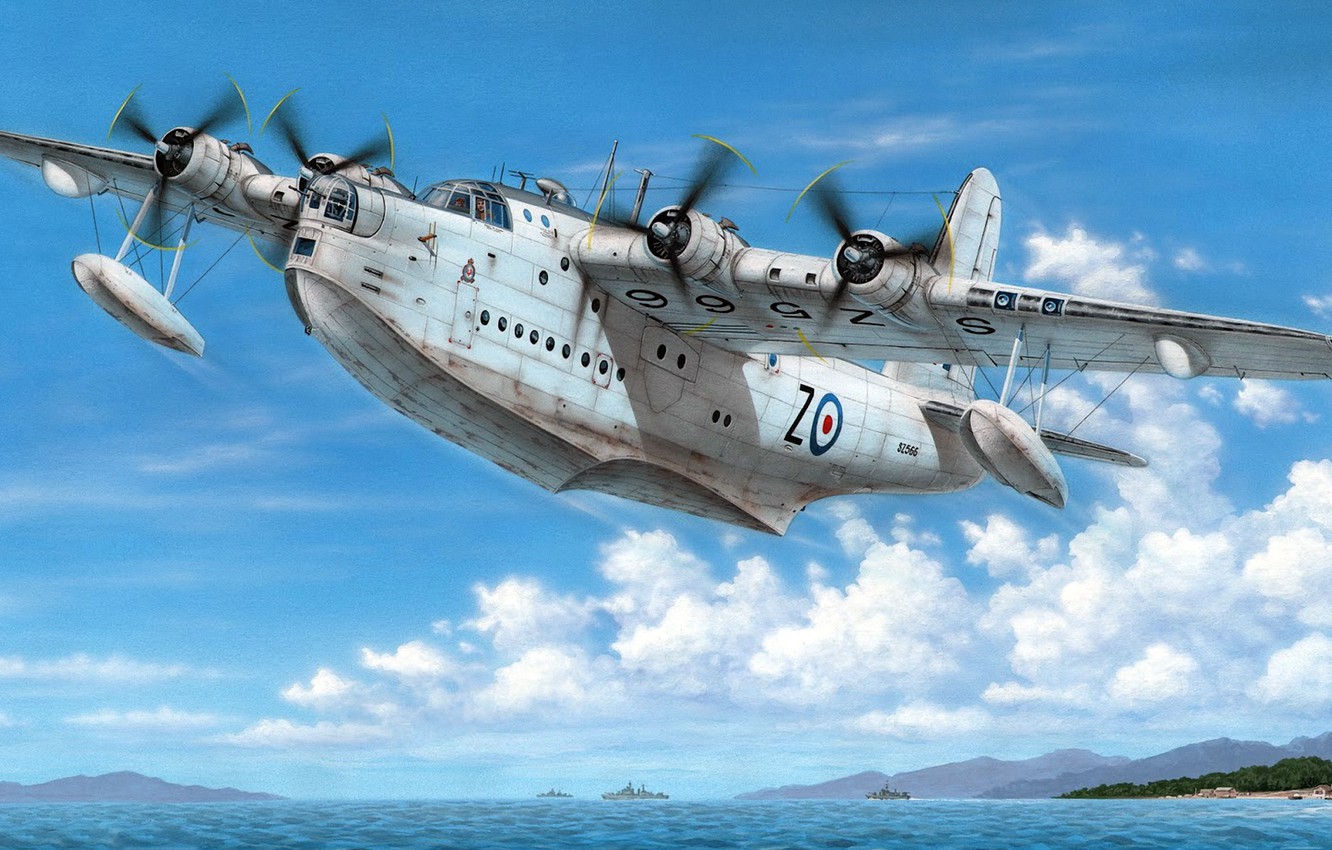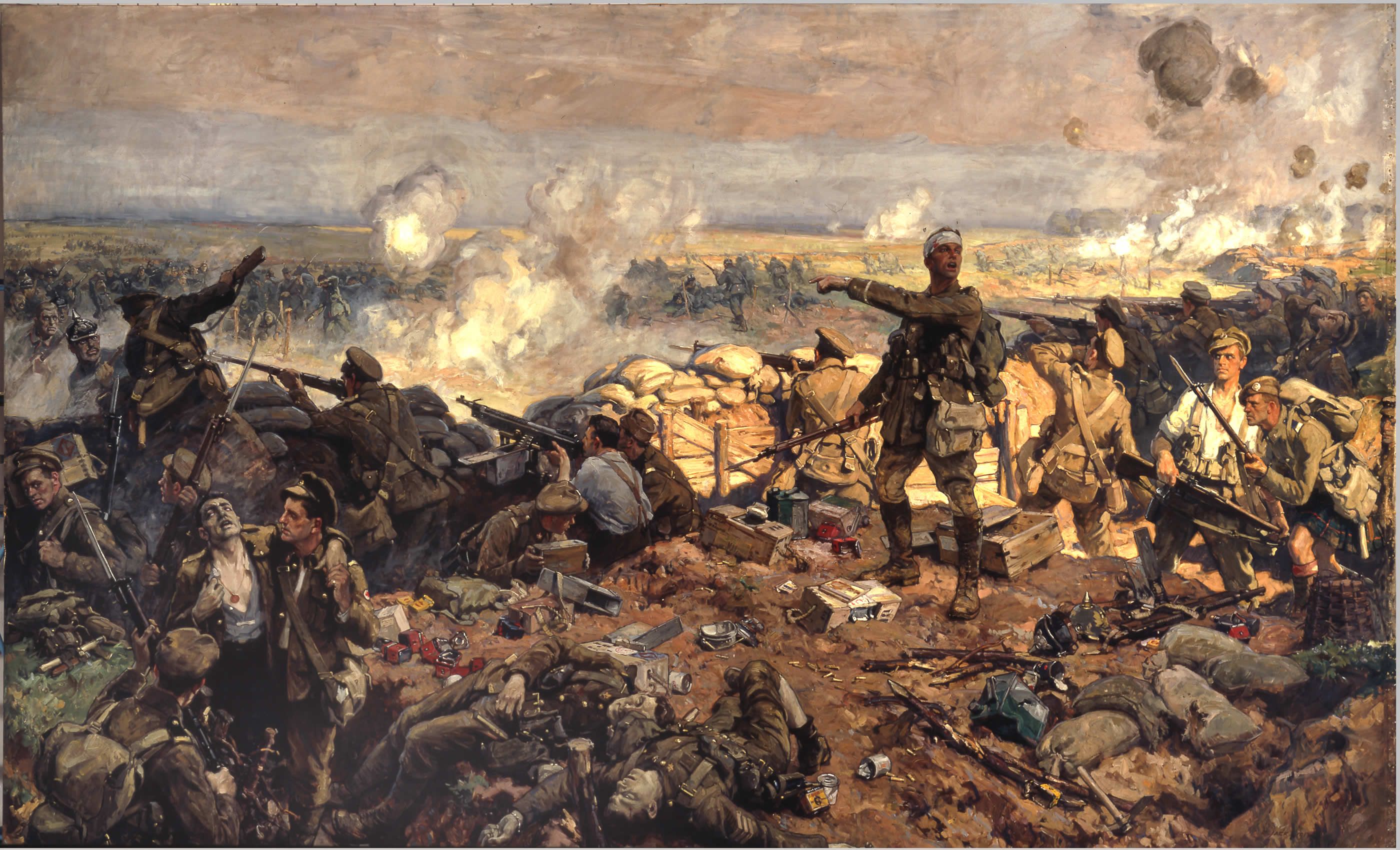The F-35 Lightning II is a 5th Generation fighter, combining advanced stealth with fighter speed and agility, fully fused sensor information, network-enabled operations and advanced sustainment. Three variants of the F-35 will replace the A-10 and F-16 for the U.S. Air Force, the F/A-18 for the U.S. Navy, the F/A-18 and AV-8B Harrier for the U.S. Marine Corps, and a variety of fighters for at least ten other countries.

The Lightning II is a single-seat, single-engine fighter aircraft designed for many missions with advanced, integrated sensors built into every aircraft. Missions that were traditionally performed by small numbers of specialized aircraft, such as intelligence, surveillance and reconnaissance and electronic attack missions can now be executed by a squadron of F-35s, bringing new capabilities to many allied forces.
The F-35 is developed, produced, and supported by an international team of leading aerospace companies. As the prime contractor, Lockheed Martin continues its 100-year history of aircraft research and design with the Lightning II. Principal partners Northrop Grumman and BAE Systems build the center and aft fuselages, respectively. Northrop Grumman also brings its expertise in carrier aircraft and low-observable stealth technology to the F-35 program and supports logistics, sustainment, modeling and simulation and mission planning. BAE Systems contributes a rich heritage of capabilities, including short takeoff and vertical landing experience, advanced lean manufacturing, flight testing and air systems sustainment. Pratt & Whitney builds the F-35's F135 propulsion system, the world's most powerful fighter engine.
Why the F-35?
It can go where other aircraft can't:
Maintaining air superiority is essential to preserving global security and stability. The F-35 is designed to defeat today's most advanced threat systems both in the air and on the ground, as well as those expected to emerge in the decades to come. The ongoing advancement of fighter aircraft designs around the world reinforces the importance of the F-35’s advanced capabilities and technologies. Enabled by global partnerships, the F-35 offers unprecedented capability and supportability across the spectrum of military operations.
U.S. and allied fighter fleets are getting smaller and older. Since 1990, the U.S. Air Force fighter inventory has been cut in half and current Air Force fighter aircraft are, on average, more than 25 years old. Numerous militaries around the world also need to recapitalize their aging fighter fleets with modern, more capable aircraft. The F-35 was designed to recapitalize allied fighter fleets and counter emerging threats.
There's no better aircraft for the job:
An advanced, affordable fighter enabled by global partnerships, the F-35 offers unprecedented capability and supportability across the spectrum of military operations.
What is a "5th Generation" Fighter?
A 5th Generation fighter has advanced stealth, exceptional agility and maneuverability, sensor and information fusion, network-enabled operations and advanced sustainment. 5th Generation technology provides greater survivability, situational awareness, and effectiveness for pilots, as well as improved readiness and lower support costs. As a true 5th Generation fighter, the F-35 has stealth designed in as part of the aircraft from the beginning.
The F-35 and the F-22 are both 5th Generation fighters featuring advanced stealth, integrated avionics, sensor fusion and superior logistics support. The F-35 also delivers additional 5th Generation features, such as multi-spectral sensors, interoperability and modernized avionics.
The F-35 and the F-22 are the world's two premier fighters, but there are some differences between the aircraft. The F-35 is optimized to be a multirole fighter, with the ability to perform air-to-air, air-to-ground and intelligence, surveillance and reconnaissance (ISR) missions. While the F-22 is superior to the F-35 in air-to-air missions, the F-35’s air-to-air capability is superior to all other fighters. The F-35 is better than any other fighter aircraft, including the F-22, for air-to-ground strike missions.
The F-35A Lightning II is a fifth-generation fighter combining advanced aerodynamics, survivability in high-threat environments and an enhanced ability to provide pilots and allied assets across operational domains with robust situational awareness.
Although separate airframe variants were designed to meet specific needs of the various military services, all F-35 variants are primarily designed to infiltrate contested airspace, accurately deliver guided and conventional munitions, and collect, process and disseminate real-time reconnaissance while maintaining robust air-to-air combat capability at speeds above Mach 1.
Military and budgetary benefits of international cooperation are well represented in the F-35 program. Partner nations including the U.S., U.K., Canada, Netherlands, Italy, Turkey, Denmark, Norway and Australia, are highly involved in the aircraft’s ongoing development. The F-35 has also been sold to Israel, Japan and South Korea.

PHOTO // RAAF
Use of a common weapons system among allies promotes an operational familiarity during coalition partner training and combat, while reducing the cost, time, training, manning and research and development of integrating dissimilar airframes of those allied nations.
The Royal Australian Air Force, has committed to obtaining 72 F-35A aircraft to form three operational squadrons at RAAF Base Williamtown and RAAF Base Tindal, and a training squadron at RAAF Base Williamtown. The RAAF is expected to take delivery of its first operational F-35As in December 2018.
DEVELOPMENT AND DESIGN
After winning the JSF design competition, $750 million contracts to build prototypes were awarded in 1997 to both Lockheed Martin for it’s X-35, and Boeing, for its X-32.
Boeing’s entry incorporated the requirements of all the services into one short take-off and vertical landing (STOVL) airframe with thrust being vectored through nozzles, as with the existing Harrier.

The new single-engine, Mach-1 capable aircraft needed to be stealthy and provide robust situational awareness to the pilot during attacks on ground targets and when fighting in air-to-air engagements. It also needed to meet the specifications of the U.S. Air Force, U.S. Navy and U.S. Marine Corps as well as nation partners. Lockheed won the competition which would eventually produce the F-35 Lightning II.
PHOTO // BOEING
Lockheed Martin proposed to produce three airframe variants, one for each service: the conventional take-off and landing (CTOL) F-35A for the Air Force’s long runways; the STOVL version, the F-35B, for U.S. Marine Corps and British navy and air force; and the F-35C for U.S. Navy carrier-born operations.
In the end, the Department of Defense determined the X-35B version, with a separate vertical-lift fan behind the cockpit, outperformed the Boeing entry and awarded the overall JSF contract to Lockheed Martin.

The first F-35A test aircraft purchased by the Air Force rolled off the production line in 2006. The Air Force took delivery of its first production F-35As at Eglin Air Force Base, Florida, in 2011 to begin pilot and maintainer training and in 2014 the 58th Fighter Squadron was the first to become a complete F-35A squadron.
After years of testing weapons separation, operational integration and aerial refueling, the Lightning II met its targets for initial operational capability when it was declared “combat ready” in August of 2016 by Gen. Hawk Carlisle, commander of Air Combat Command.
FEATURES AND DEPLOYMENT
Air Force units that operate the F-35A now include:
- The 461st Flight Test Squadron and 31st Test and Evaluation Squadron at Edwards AFB, California.
- The Integrated Training Center for pilots and maintainers at Eglin AFB, Florida.
- The 388th Fighter Wing and 419th Fighter Wing at Hill AFB, Utah.
- The 56th Fighter Wing at Luke AFB, Arizona.
- The 422nd Test and Evaluation Squadron at Nellis AFB, Nevada.

PHOTO // CAPT. HOPE R. CRONIN
The F-35 serves as an unparalleled force multiplier because its advanced sensors and datalinks share information and situational awareness not just between fifth- and fourth-generation U.S. and allied aircraft, but also between coalition land, sea and space assets.
This “operational quarterback” is also proving to pack a nasty ground attack and individual air-to-air combat capability.
During the large-scale combat training exercise, Red Flag 17-1, held at Nellis AFB in the spring of 2017, F-35As participated in multi-aircraft sorties in a highly-contested airspace. Air Force leadership and pilots reported F-35As destroyed multiple ground targets without being detected in the airspace and earned a stellar 20:1 kill ratio in air-to-air combat scenarios.

Despite the impressive individual performance, Air Force Chief of Staff Gen. David Goldfein stresses the F-35 is best thought of as an integral component of the Air Force’s overall warfighting capability.
During a symposium at the Center for Strategic and International Studies in February of 2017, Goldfein was asked to compare the F-35’s capability versus advanced Chinese aircraft like the J-20 and the J-31.
“I hope, over time, we can evolve our discussion from platform v. platform, which I would argue is a 20th Century discussion, to a network versus network,” Goldfein said. “Its not about what the F-35 or the J-20 or the F-22 or the J-31 can actually do in a one versus one… it’s an interesting conversation, but its not very compelling because we are never going to have the F-35 in there by itself, ever.

PHOTO // R. NIAL BRADSHAW
“What really counts is we are going to bring a network, a family of systems to bear on the enemy. That’s going to be an F-35 that’s there with an F-22, that’s there with an F-18, that’s there with a space capability being fed into the cockpit, that’s there with cyber capabilities, that’s there with a multitude of ISR, that’s there with a submarine force. We’re going to bring multi-domain, multi-component capabilities and we’re going to bring coalition capabilities.
“As we do today, in the future, we are going to be able to achieve decision speed and maneuver forces from all domains and create so many dilemmas for the enemy that, that in itself, will become a deterrent value,” Goldfein said.

PHOTO // R. NIAL BRADSHAW




















